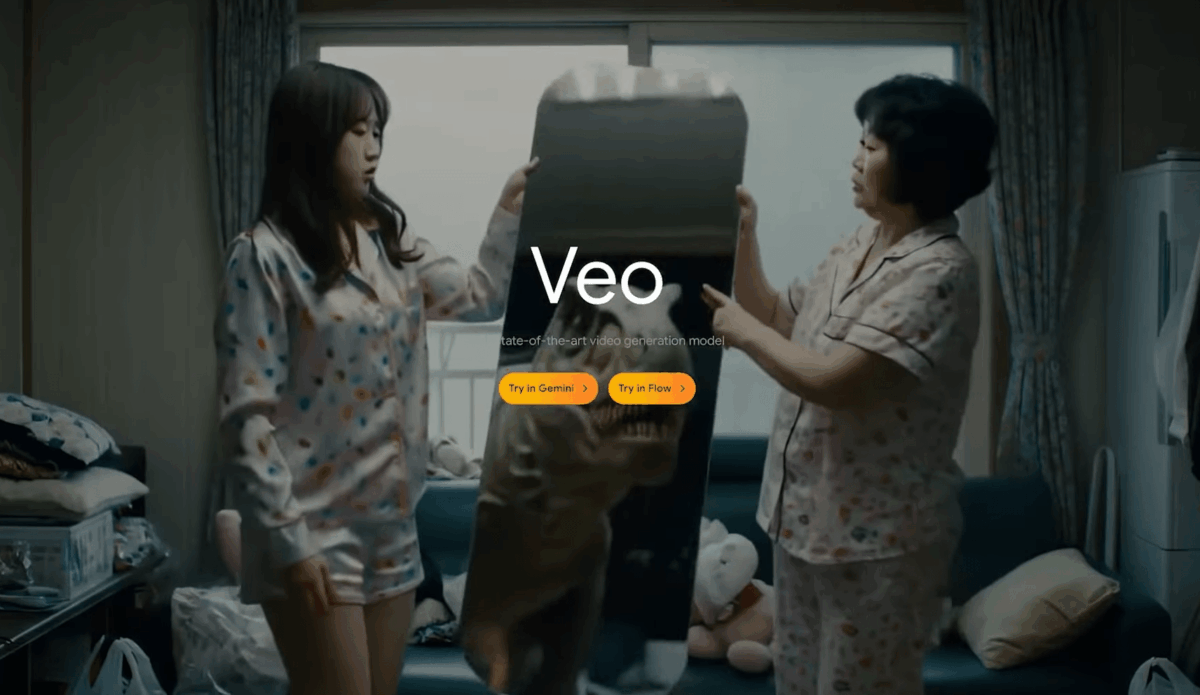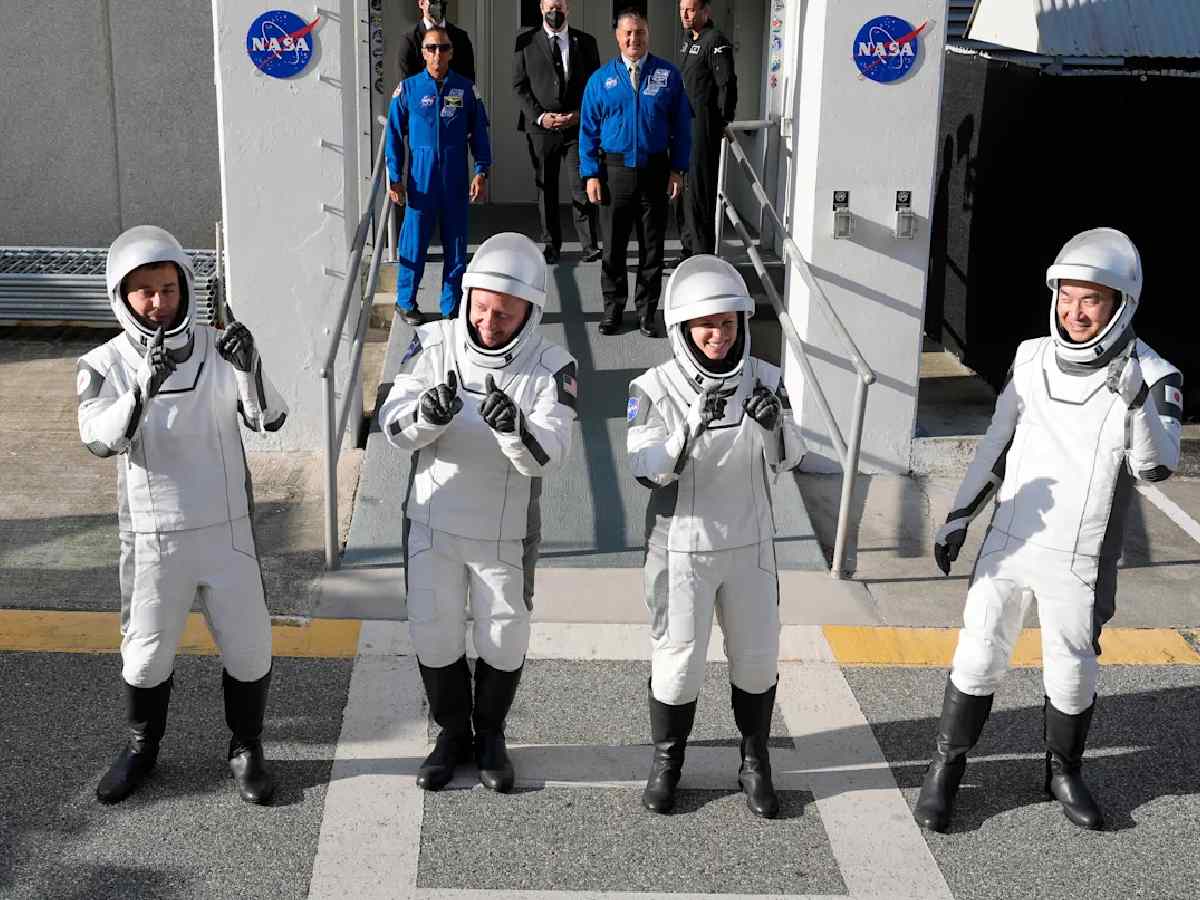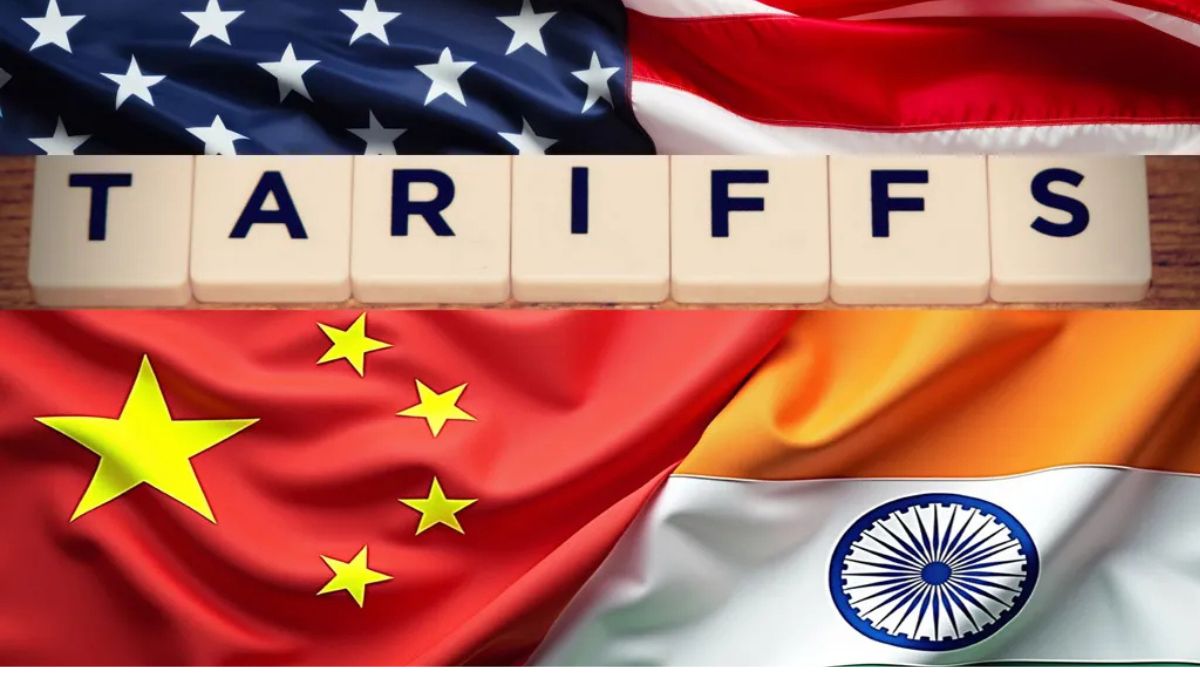
In the rapidly evolving landscape of artificial intelligence, Google continues to cement its position as a frontrunner by rolling out advanced models and integrations. The company’s recent move to expand the Veo 3 AI video model to its Gemini API platform signifies an ambitious step towards offering more sophisticated AI-powered video processing solutions. However, this enhancement also comes with a notable increase in pricing, prompting discussions within the tech community about value, accessibility, and future prospects of such AI tools.
The Evolution of Google’s AI Video Models
Google’s journey in developing AI models for video content has been impressive and strategic. The Veo 3 model, renowned for its capabilities in understanding and generating complex visual data, has been primarily used within Google’s ecosystem for tasks such as video editing, content creation, and advanced analytics. Its expansion to the Gemini API—a broader platform designed to facilitate developers and businesses in integrating AI functionalities—marks a significant milestone.
The Veo 3 model’s strengths lie in its ability to interpret intricate video scenes, recognize objects, and even generate realistic visual outputs. These features have found applications across multiple industries, including entertainment, marketing, education, and security. The integration into Gemini API aims to democratize access, allowing developers globally to embed this powerful technology into their applications seamlessly.
Key Features of the Expanded Veo 3 Model
- Enhanced Video Understanding: Veo 3 can now process higher-resolution videos with improved accuracy in object detection and scene analysis.
- Real-Time Video Processing: The model offers faster processing speeds, making it suitable for applications requiring real-time analytics and editing.
- Advanced Content Generation: Users can generate realistic video content, including synthetic scenes or modifications, with greater fidelity.
- Integration with Gemini API: The expansion ensures broader accessibility, enabling developers to incorporate Veo 3’s capabilities into diverse platforms and services.
Higher Pricing: What Does It Mean?
Perhaps the most talked-about update is the increase in pricing associated with the Veo 3 model within the Gemini API framework. While specific figures vary depending on usage tiers and licensing agreements, the escalation in cost reflects the advanced nature of the technology and the professional-grade features now offered.
Some industry insiders interpret the price hike as a signal of Google’s confidence in the premium value of Veo 3. It underscores the high demand for next-generation video AI tools and Google’s positioning to target enterprise-level clients who require robust, scalable solutions. On the other hand, small-scale developers and startups may find the costs initially prohibitive, potentially limiting access for certain segments.
Impacts on Developers and Business Users
For developers, the expansion presents both opportunities and challenges. The availability of a highly sophisticated AI model integrated into Gemini API simplifies the development process for complex video applications. However, the increased pricing necessitates careful cost-benefit analysis, especially for startups operating within tight budgets.
Businesses seeking to leverage Veo 3 for marketing campaigns, content production, or security systems will need to evaluate the return on investment carefully. The enhanced features could drive significant efficiencies and innovations, but the higher costs may influence project budgets and strategic decisions.
Turn Your Photos into Videos—A New Frontier
One of the exciting features promoted alongside the Veo 3 model expansion is the ability to transform static photos into dynamic videos. This process is streamlined into just three simple steps, enabling users to quickly create engaging visual content without extensive technical expertise.
Read more about how AI transforms photos into videos in just three steps!
The Broader AI Content Creation Ecosystem
Beyond Veo 3, Google’s advancements are fueling a broader ecosystem of AI-driven visual content creation. For instance, Higgsfield’s “Soul” redefines the limits of AI-generated imagery by producing high-fidelity, artistic visuals that blend creativity with machine intelligence. Similarly, platforms like Deep Think are poised for launch, promising to introduce innovative tools such as Agent Mode—another leap in automating complex AI tasks.
This evolution signifies a future where static content, like photos and videos, can be transformed, manipulated, and generated with unprecedented ease and realism. For content creators, marketers, and entertainment professionals, these tools offer avenues to produce high-quality content rapidly, reducing costs and opening creative new horizons.
Strategic Implications and the Industry Outlook
Google’s move to enhance Veo 3 and expand its availability via the Gemini API demonstrates its strategic focus on consolidating its leadership in AI-powered video technology. It reflects a recognition of the growing demand for such tools across multiple sectors, driven by the increasing importance of video content in digital communications.
However, the increase in pricing raises questions about accessibility and equity. Will smaller players and independent creators be sidelined? Or will Google introduce tiered pricing models that balance premium offerings with more affordable options? These are critical considerations for the industry moving forward.
Final Thoughts
Google’s expansion of the Veo 3 AI video model to the Gemini API, accompanied by a price hike, underscores a maturing AI market where high-end tools are becoming more integrated and specialized. While the technological capabilities continue to advance, the challenge lies in making these innovations broadly accessible without exacerbating disparities.
As AI continues to reshape how visual content is created and utilized, stakeholders across industries must adapt to these changes—balancing innovation with strategic investment. The future of AI-driven video content is undeniably bright, and Google’s latest steps reinforce its commitment to being at the forefront of this transformation.
For more updated news please keep visiting Prime News World.








